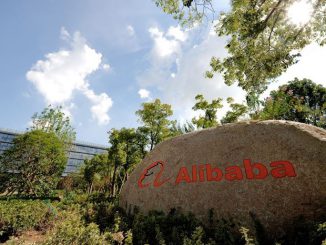
Whether Louis Vuitton, Cartier, Rolls Royce or Mandarin Oriental Hotels ‒ the offers of these brands aim at triggering desires for or at least associations with Luxury. Luxury products and services, as they are offered by hotels for example, are – by definition – not available for everyone but wanted by many. With the growing digitalization of today’s living environments, where many things seem available everywhere at any time by everyone, hence the question is raised: Luxury and the Web – how does that fit together?
How can the seeming contradiction between exclusivity and permanent availability be resolved? And are luxury brands in a position at all to profit from the chances of digitalization and interlinkage of today’s living environments? Should they use them at all? Even a few years ago, it was hardly thinkable for any luxury brand manager to consider Facebook, Twitter, Instagram etc. as genuine opportunities to get into touch with customers and to establish additional digital touch points – in addition to online advertising and website. The sheer thought of selling online and thus offering absolute availability seemed unimaginable. That has changed. Today, various brands have found their special way into the web and show impressively that digital excellence is becoming a matter of course.
The heart piece of digital presence is – of course – the company website. In the simplest case, it is a digital business card, but can developed into an effective sales and marketing instrument by adding microsites, a community, a blog, an online shop etc. Newsletters disseminating relevant content supplement the offer for the user. Personalized newsletters, for that matter, raise a much more sustainable interest among a fastidious target group than newsletters that are kept general.
The willingness of the target group to interact with the brand and to get involved significantly determines the use of additional digital channels. Generally, with regard to content, the fewest of them can be controlled as thoroughly as a company web page. Communicated contents in consumer- driven social networks or content-sharing sites, third-party blogs, platforms etc. are no longer subject to the brand’s immediate influence.
To have an app for the sake of having one is not recommendable. It is absolutely indispensable that an app just like any other digital communication channel brings genuine advantages for the user and is applied for his/her personal gain. Top rule: Absolute excellence (either all or nothing)! The digital experience contributes as much to a brand’s universal perception – which is formed in the users’ minds – as any traditional print ad or visit to a store.
But still: The conclusion should never be that digital media pose too large a threat to luxury brands. Their potential is much too high.
Luxury brands must dare to launch into the web to stay tuned with the developments of the real world. A consistent brand appearance, now not in the real world only, but in the digital world has become routine for today’s luxury brand managers and does not even need to be mentioned. The ever larger number of available communication channels and measures however, as well as the expansion of the distribution channels increase the complexity of luxury brand management and will bring interesting challenges.




